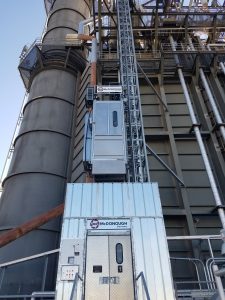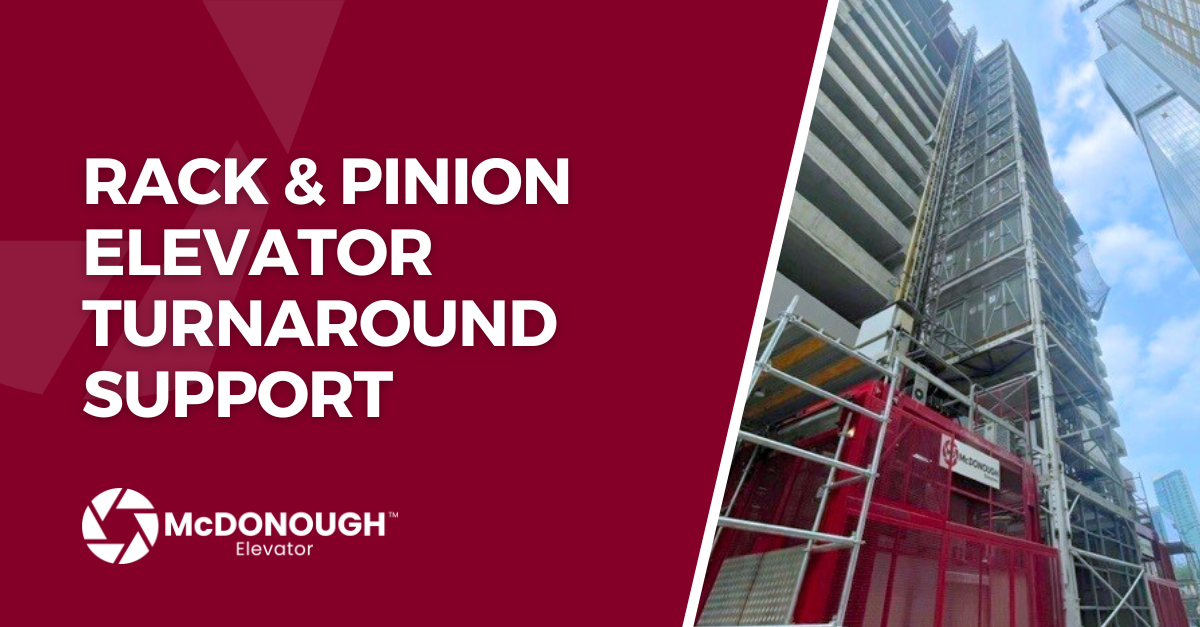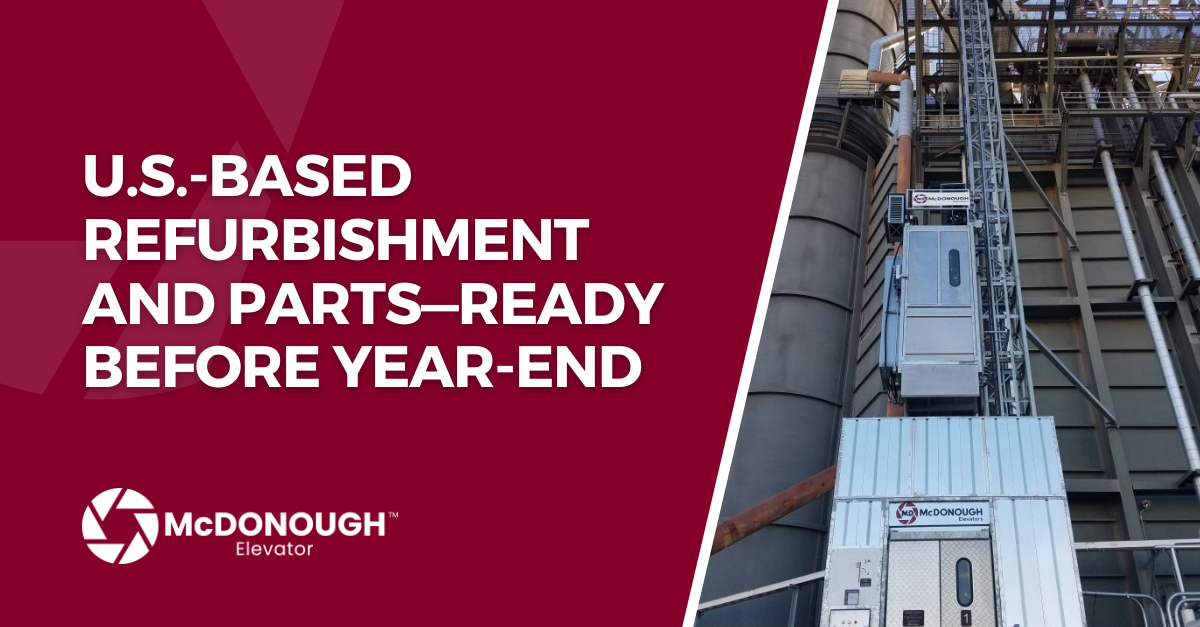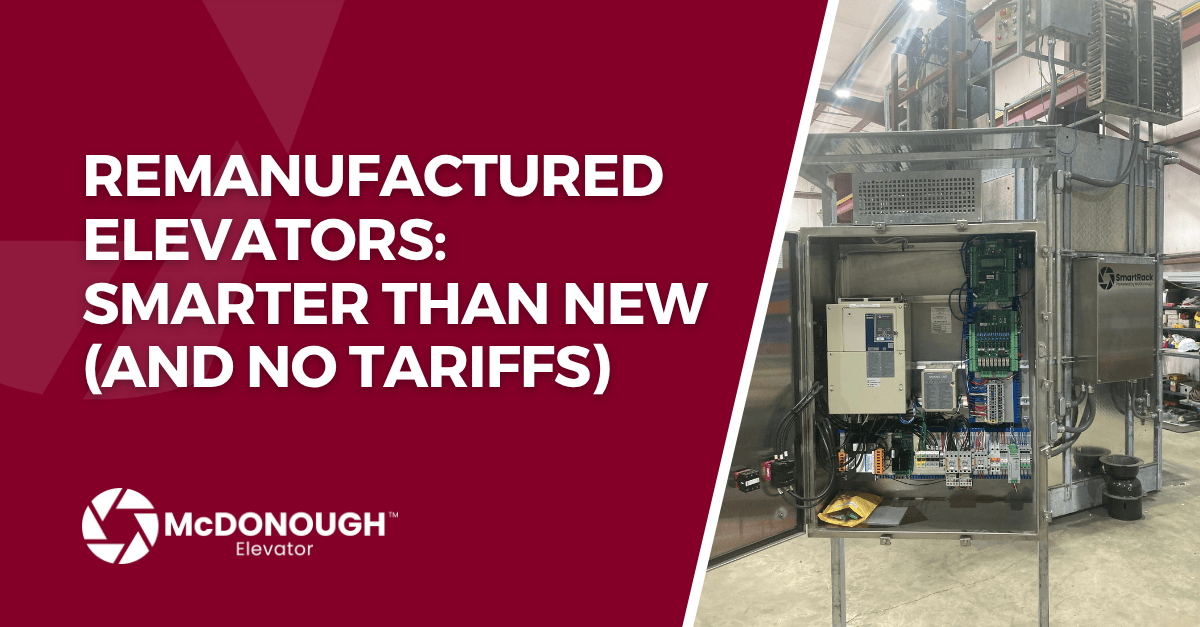When deliberating on the ideal elevator for industrial purposes, the debate often centers on rack-and-pinion versus traction elevators. Here’s a deeper dive into the differences to help you make an informed choice.
1. Design & Location Suitability:
Rack and pinion elevators are uniquely designed to be free from the constraints of a full enclosure throughout the hoistway. This design is especially apt for open structures like chimneys, lattice structures, and silos. On the flip side, traction elevators mandate a fully enclosed hoistway.
2. Construction & Installation Costs:
Opting for a rack-and-pinion system can lead to significant cost savings. The omission of the entire hoistway structure—from design and materials to fire code considerations—curtails expenditure. These elevators are also external to the main building, translating to reduced foundational costs due to the absence of hoistway-imposed forces.
3. Purpose & Usage:
While traction elevators are commonly used to ferry individuals only, rack-and-pinion elevators are built to transport both people and materials, catering specifically to industrial needs.
4. Durability & Environment:
Industrial settings demand elevators that can endure rigorous use. Rack and pinion elevators are engineered to thrive in the harsh conditions of industrial sites, promising longevity and reliability. Conversely, traction elevators, tailored for conventional buildings and public usage, do not fare as well within an unforgiving industrial environment.
At a Glance:
Rack and Pinion Elevators:
- Built for industrial settings such as refineries and cement plants.
- Have no need for an enclosed hoistway.
- Transport both individuals and materials.
- Adaptable to various applications.
- Thrives in open-air contexts.
Traction Elevators:
- Crafted for traditional purposes such as hospitals.
- Require an enclosed hoistway.
- Primarily for personnel movement.
- Limited to specific applications.
- Best suited for protected environments.
Contemplating a rack and pinion elevator for your project? Reach out for a quote today:




